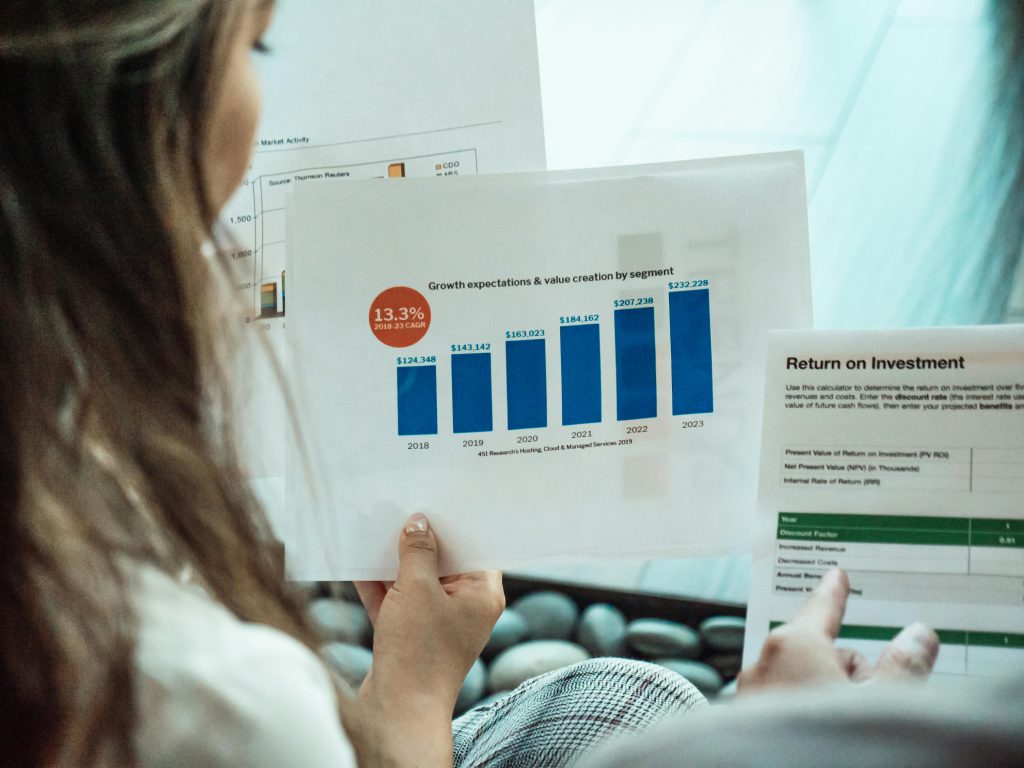In today’s world, education is often seen as one of the most important paths to success. But not all degrees are created equal—and not all lead to worthwhile outcomes. That’s why students, parents, and policymakers are increasingly asking: a positive return on investment for education happens when?
Answering that question requires more than just assumptions or good intentions. It requires looking at cost, outcome, timing, and field of study to determine if an education is truly worth the price.
What Is ROI in Education?
At its core, ROI (return on investment) in education measures whether the benefits—primarily future earnings—outweigh the total cost of obtaining a degree. A positive return on investment for education happens when your post-graduation income justifies the time, tuition, fees, and potential debt you took on.
But ROI can also reflect non-financial benefits: personal growth, networking, long-term health improvements, and even intergenerational advantages. These factors may not show up on a spreadsheet, but they often shape one’s quality of life just as much as money.
When Does a Positive Return on Investment for Education Happen?
Let’s address this directly. A positive return on investment for education happens when the following conditions are met:
- Your future earnings exceed total education costs: Tuition, books, housing, and opportunity cost must be less than the increase in lifetime earnings.
- You finish the degree: A degree has value. Dropping out often leaves students with debt but no boost in income.
- You enter a high-demand field: Areas like tech, healthcare, and skilled trades offer higher pay and more job stability.
- You minimize debt: Scholarships, in-state tuition, and financial planning help improve ROI substantially.
- You graduate on time: The fifth year of college often brings more cost than value.
In simple terms, a positive return on investment for education happens when the value gained surpasses the price paid—financially and personally.
Degrees With High vs. Low ROI
To better understand this, let’s look at data from the U.S. Department of Education and Georgetown University:
- High ROI: Nursing, software engineering, business analytics, electrical engineering
- Moderate ROI: Psychology, environmental science, communications, education
- Low ROI: Fine arts, performing arts, religious studies, general liberal arts (without graduate study)
Again, this doesn’t mean the latter aren’t valuable. But a positive return on investment for education happens when that value aligns with financial stability—or when the individual has a plan to monetize the degree in unique ways.
What About Everfi and Financial Education Tools?
Programs like Everfi teach students that a positive return on investment for education happens when earnings outweigh costs—and that long-term thinking is key. Many high schools now include Everfi’s ROI modules to help teenagers understand what degrees cost and what salary levels are realistic in various careers.
This type of training helps prevent blind enrollment in expensive programs with weak job placement rates. Students who receive this financial literacy are more likely to ask: Is this worth it?
How to Ensure Education Pays Off
Whether you’re in high school or considering grad school, here’s how to improve your educational ROI:
- Attend community college for gen-ed classes, then transfer to save money.
- Use public in-state universities to reduce tuition dramatically.
- Apply for every scholarship available—even small ones add up.
- Choose majors with strong job data from the Bureau of Labor Statistics.
- Work part-time or intern during school to gain experience and income.
- Finish on time—and avoid unnecessary credits that delay graduation.
These steps don’t guarantee success, but they dramatically improve your odds. Remember, a positive return on investment for education happens when smart choices meet strategic planning.
What the Data Says
According to the Brookings Institution, bachelor’s degree holders earn about $1.2 million more over their lifetime than high school graduates. But this is an average—it varies wildly by major, geography, and industry.
A positive return on investment for education happens when students use real data—not gut feelings—to guide their choices.
Real-World Examples
Consider Olivia, who studied nursing at a public college and graduated debt-free. She landed a job at $72K/year within 3 months. Her education cost $38K total. Within 1 year, her earnings outpaced her expenses. In her case, a positive return on investment for education happens when thoughtful planning and demand-driven skills align.
Now consider Mark, who spent $120K on a degree in cinematography. Four years later, he’s freelancing for $25/hour with no benefits and $900/month in student loan payments. Passion? Yes. Positive ROI? Not yet.
The Role of Non-Monetary Benefits
Let’s not forget the intangibles. A positive return on investment for education happens when the degree builds confidence, opens doors, and offers a sense of purpose—even if the financial gains are modest.
- Higher education is linked to longer life expectancy
- College grads are more likely to vote and volunteer
- Graduates report higher self-esteem and career satisfaction
In short, money isn’t the only measure of value.
So, Is College Still Worth It?
It depends. A positive return on investment for education happens when you ask tough questions before you enroll:
- What are the true costs?
- What are realistic earnings in this field?
- Are there alternatives like certifications or bootcamps?
Education is powerful—but it’s also expensive. So it should be treated like any investment: researched, compared, and evaluated carefully.
Conclusion
A positive return on investment for education happens when the degree opens the door to better opportunities without dragging you into financial hardship. That means being realistic, proactive, and informed—not idealistic and blind.
It’s time we stop treating all education as equal—and start measuring it by outcomes. Because at the end of the day, a positive return on investment for education happens when you choose wisely, plan intentionally, and stay focused on your future.
If you want to dive deeper into how credit card security works, check out our guide on what CVV/CVC codes are and how they protect your transactions: What is CVV/CVC on a credit card and why it matters.
Share this content:

